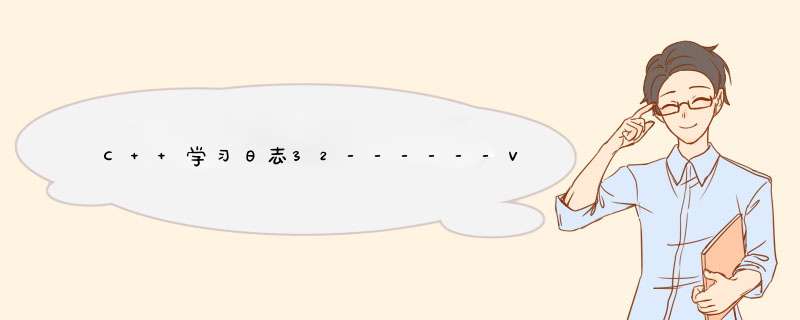
- 一、Vector容器
- 二、结构化绑定
一、Vector容器
Vector容器是一个长度可变的数组(称为向量)。
#pragma once
#include
结果如上图所示。
结构化绑定可以理解为里面的元素顺序对应赋值。
#include
结果如上图所示
欢迎分享,转载请注明来源:内存溢出

 微信扫一扫
微信扫一扫
 支付宝扫一扫
支付宝扫一扫
评论列表(0条)